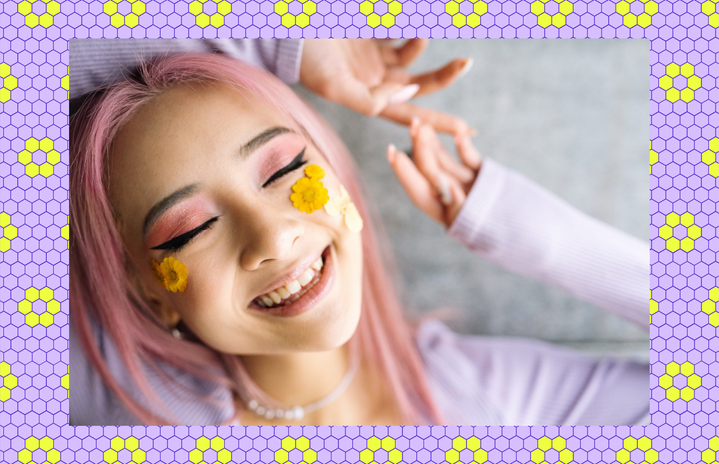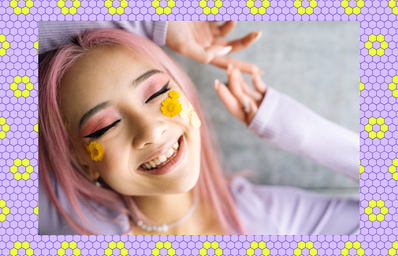How to achieve happiness in a simple way.
The question, “How do you achieve happiness?” is not something that can easily be answered, as there is no single response to it. This question began to stick in my head after I took a college course that focused solely on happiness as a human emotion. In this course, I learned an array of valuable skills and courses of action that can be taken to become aware of one’s own happiness.
Happiness cannot clearly be defined using a dictionary; it is quite subjective. The complexity of happiness and how it is achieved is discussed in Sonja Lyubomirsky’s book, The How of Happiness. I read this book in my course, and one section stuck out to me. Lyubomirsky revealed what she calls the “40% Solution.” The 40% Solution is a proposed solution that gives a deeper insight into the factors that affect our overall happiness. It is broken up into three parts: 1) baseline happiness level, 2) life circumstances and 3) intentional activities.
Our baseline happiness level suggests that we all have a fixed “happiness set point.” The “happiness set point” is a level of happiness we are all pulled toward simply due to our genetics. She reveals how the happiness set point accounts for 50% of what determines our overall happiness.
Another 10% is accounted for by our life circumstances. A term introduced in the book is “hedonic adaptation.” This indicates that despite what happens to us in life, good or bad, we will eventually adapt to it. Therefore, it is proposed that life circumstances have short-term effects on our overall happiness.
The last 40% of our happiness is influenced by our behaviors and intended activities. This suggests that 40% of our happiness is in our control, influenced by our daily behaviors and activities. We can’t control the happiness set point and may not have control over our life circumstances (i.e., wealth, health, etc.) all the time, but we can control how we act, think and respond to what happens to us. Lyubomirsky states, “In a nutshell, the fountain of happiness can be found in how you behave, what you think and what goals you set every day of your life…There is no happiness without action.”
In addition to discussing the 40% Solution, Lyubomirsky’s book lists 12 happiness activities that could be used to increase our overall happiness levels. The 12 activities are: 1) expressing gratitude, 2) cultivating optimism, 3) avoiding overthinking and social comparison, 4) practicing acts of kindness, 5) nurturing social relationships, 6) developing strategies for coping, 7) learning to forgive, 8) increasing flow experiences, 9) savoring life’s joys, 10) committing to your goals, 11) practicing religion and spirituality and 12) taking care of your body. I recognized a correlation between activities/behaviors and happiness that I had not noticed before. For example, I was made aware that one of the activities, such as expressing gratitude, suggests that being happy does not lead to gratefulness, rather being grateful is what leads to happiness. This correlates back to the 40% solution of how the way we act and think, such as with being grateful and optimistic, can massively affect our happiness levels.
Happiness and how we can achieve it may not be thought of everyday; however, the class I took and Sonja Lyubomirsky’s book made me realize how much control we have over our happiness levels and how important it is that we realize this.


